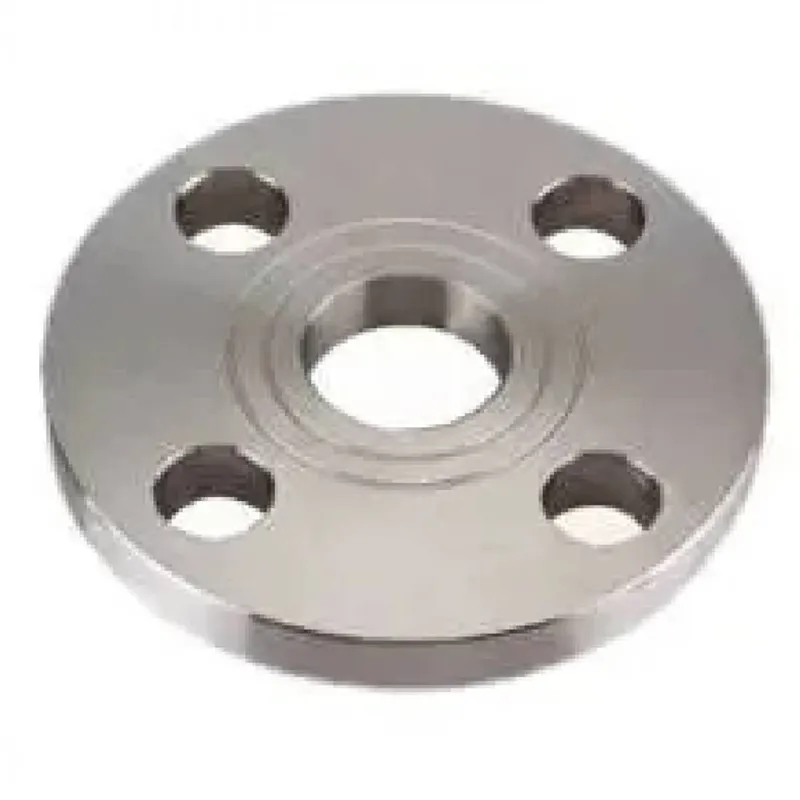-
Cangzhou Yulong Steel Co., Ltd.
-
Phone:
+86 13303177267 -
Email:
admin@ylsteelfittings.com
- English
- Arabic
- Italian
- Spanish
- Portuguese
- German
- kazakh
- Persian
- Greek
- French
- Russian
- Polish
- Thai
- Indonesian
- Vietnamese
- Zulu
- Korean
- Uzbek
- Hindi
- Serbian
- Malay
- Ukrainian
- Gujarati
- Haitian Creole
- hausa
- hawaiian
- Hebrew
- Miao
- Hungarian
- Icelandic
- igbo
- irish
- Japanese
- Javanese
- Kannada
- Khmer
- Rwandese
- Afrikaans
- Albanian
- Amharic
- Armenian
- Azerbaijani
- Basque
- Belarusian
- Bengali
- Bosnian
- Bulgarian
- Catalan
- Cebuano
- China
- China (Taiwan)
- Corsican
- Croatian
- Czech
- Danish
- Esperanto
- Estonian
- Finnish
- Frisian
- Galician
- Georgian
- Kurdish
- Kyrgyz
- Lao
- Latin
- Latvian
- Lithuanian
- Luxembourgish
- Macedonian
- Malgashi
- Malayalam
- Maltese
- Maori
- Marathi
- Mongolian
- Myanmar
- Nepali
- Norwegian
- Norwegian
- Occitan
- Pashto
- Dutch
- Punjabi
- Romanian
- Samoan
- Scottish Gaelic
- Sesotho
- Shona
- Sindhi
- Sinhala
- Slovak
- Slovenian
- Somali
- Sundanese
- Swahili
- Swedish
- Tagalog
- Tajik
- Tamil
- Tatar
- Telugu
- Turkish
- Turkmen
- Urdu
- Uighur
- Welsh
- Bantu
- Yiddish
- Yoruba

Dec . 10, 2024 18:11 Back to list
stainless mandrel bends
Stainless Mandrel Bends A Comprehensive Guide
In the world of manufacturing and fabrication, the integrity and quality of bends in metal piping are crucial for both aesthetic and functional aspects. One of the most reliable choices for producing strong, durable, and precise bends is the stainless steel mandrel bend. These bends are widely utilized across various industries, including automotive, aerospace, and construction, owing to their superior properties and performance. In this article, we explore the characteristics, benefits, applications, and manufacturing processes related to stainless steel mandrel bends.
Understanding Mandrel Bends
Mandrel bending is a technique that involves using a solid rod, or mandrel, within a pipe during the bending process. This rod supports the material, preventing it from collapsing or deforming. Unlike standard bending, which may create a risk of wrinkles or significant ovality, mandrel bending ensures a smooth curve and maintains the structural integrity of the bend.
The use of a mandrel allows for tighter radii compared to traditional bending methods. This is particularly useful for applications requiring maximum flow, such as exhaust systems or fluid transportation. The precision achieved with mandrel bends makes them a preferred choice for manufacturers seeking to minimize turbulence and resistance in fluid dynamics.
Advantages of Stainless Steel
Stainless steel is an ideal material for mandrel bends due to its unique properties.
1. Corrosion Resistance Stainless steel has inherent resistance to rust and corrosion, making it suitable for various environments, including marine and industrial settings. This longevity extends the lifespan of components made from stainless steel, reducing the need for frequent replacements.
2. Strength and Durability Stainless steel boasts a high tensile strength, allowing it to withstand significant stress and pressure. This makes stainless steel mandrel bends an excellent choice for heavy-duty applications.
3. Aesthetic Appeal The polished finish of stainless steel enhances the aesthetic value of any installation. This is crucial in industries where appearance is as important as functionality, such as in architectural applications.
4. Ease of Maintenance The smooth surface of stainless steel allows for easy cleaning and maintenance, essential in many industrial environments where hygiene is paramount.
Applications
Stainless steel mandrel bends find their applications in a broad spectrum of industries
stainless mandrel bends

- Automotive In the automotive industry, these bends are often used for exhaust systems, intake manifolds, and custom fabrication projects. They facilitate smoother exhaust flow, improving engine performance and efficiency.
- Aerospace Aircraft components demand high precision and durability
. Mandrel bends in stainless steel are utilized in fuel lines and structural components to meet rigorous safety and performance standards.- Chemical Processing The chemical industry frequently uses stainless steel to prevent corrosion during the transport of aggressive chemicals. Mandrel bends in this field ensure that the flow is unobstructed and minimizes the risk of leaks.
- Construction and Architecture The aesthetic appeal of stainless steel makes it popular in modern architecture. Mandrel bends are often used in railings, handrails, and structural supports, offering both strength and beauty.
The Manufacturing Process
The production of stainless steel mandrel bends involves several steps
1. Material Selection The first step is selecting the appropriate type of stainless steel for the intended application. Common grades include 304 and 316, each with specific properties making them suitable for different environments.
2. Cutting The stainless steel pipe is cut to the required length before the bending process begins.
3. Bending The pipe is placed over the mandrel, and a bending machine applies pressure to create the desired radius. Advanced CNC bending machines ensure accuracy and repeatability.
4. Finishing After bending, the stainless steel mandrel bends might undergo finishing processes such as polishing, welding, or coating to enhance durability and appearance.
5. Quality Control Finally, the products are subjected to quality control measures to ensure they meet specified standards and are free from defects.
Conclusion
Stainless steel mandrel bends represent a vital component in modern fabrication and manufacturing, combining strength, performance, and aesthetic appeal. With their impressive resistance to environmental factors and ability to maintain structural integrity, they prove invaluable across diverse industries. As technology advances, the demands for precision and quality in metal bending will continue to grow, making stainless steel mandrel bends a focal point for engineers and manufacturers alike.
Latest news
-
ANSI 150P SS304 SO FLANGE
NewsFeb.14,2025
-
ASTM A333GR6 STEEL PIPE
NewsJan.20,2025
-
ANSI B16.5 WELDING NECK FLANGE
NewsJan.15,2026
-
ANSI B16.5 SLIP-ON FLANGE
NewsApr.19,2024
-
DIN86044 PLATE FLANGE
NewsApr.19,2024
-
DIN2527 BLIND FLANGE
NewsApr.12,2024
-
JIS B2311 Butt-Welding Fittings LR/SR 45°/90° /180°Seamless/Weld
NewsApr.23,2024
-
DIN2605-2617 Butt-Welding Fittings LR/SR 45°/90°/180° Seamless/Weld
NewsApr.23,2024











